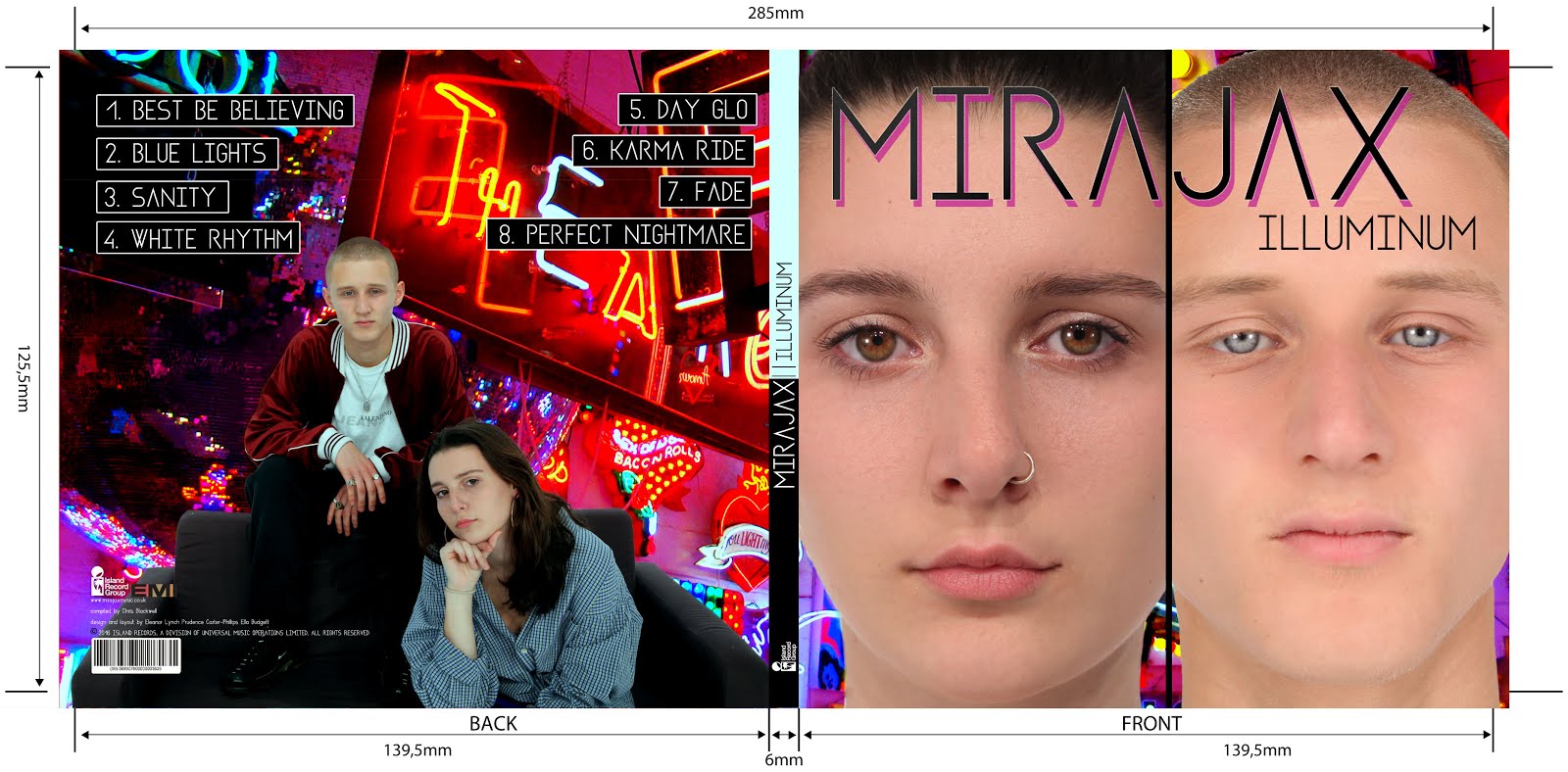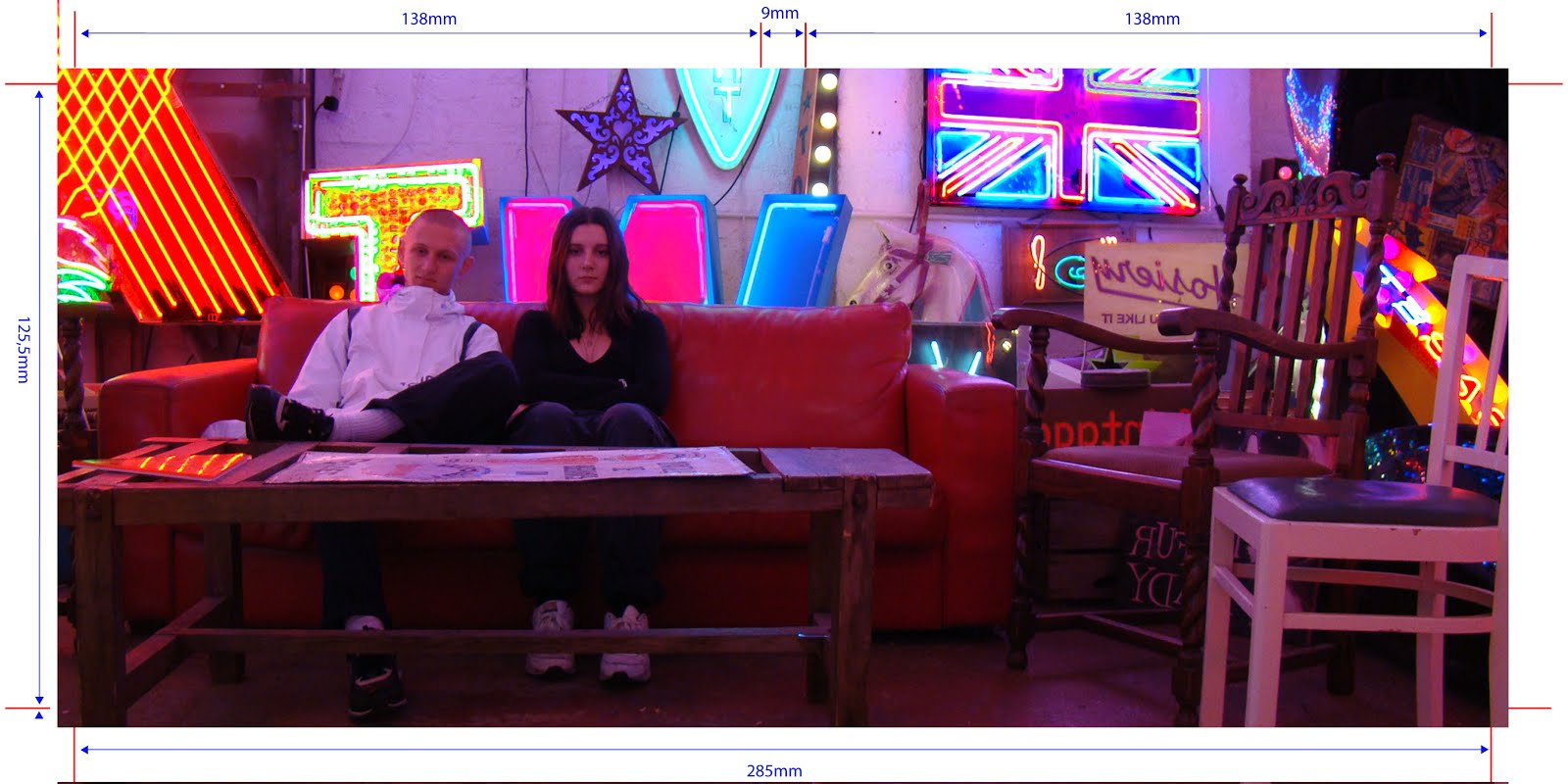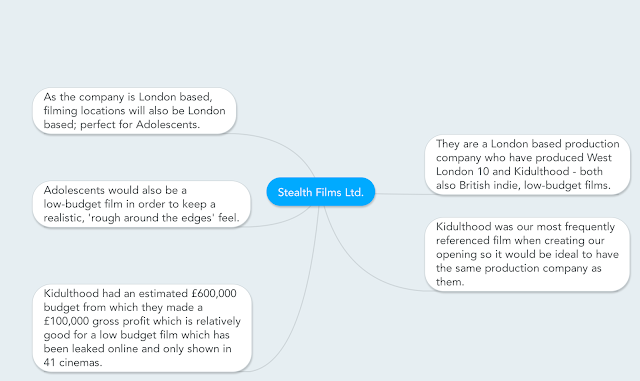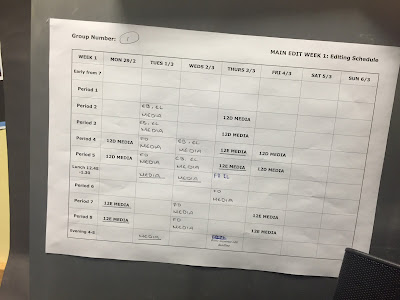Our film 'Adolescents' follows, the main protagonist, Lola's life as she struggles to stay on two feet with her implied excessive drug and alcohol use along with trying to manage her uncontrollable emotions as a result. The audience watches her as she gradually breaks down and how her relationships with family, friends and boys slip between her fingers. However, the audience also gets glimpses into the lives of her close friends and boyfriend, Marlon, although the film focuses on life from Lola's point of view, mainly.
A film opening's purpose is to grab the audience's attention and interest in order for them to want to carry on watching the film. It also informs the audience in terms of production and distribution companies, main characters, genre and an introduction to the plot.
Form:
Genre:
Adolescents is a British Indie teen drama film. In order to connote this we needed to keep in mind the typical conventions followed in real teen indie drama film openings and films and decide which, out of these conventions, works well. The two films we researched for inspiration for conventions were This Is England and Kidulthood. Kidulthood is a teen crime drama set in West-London and This Is England is a crime drama set in England.
- In teenage dramas, the main characters are almost always a friendship group who still attend school or are just finishing school. For example, the three friends Jay, Moony and Trevor in Kidulthood. The use of drugs and alcohol is used when connoting the negative representation of teenagers in a teen drama film; it shows the typical rebellious characteristics of teenagers. Below are two clips; one from the use of alcohol in Kidulthood, and the other showing the use of alcohol in Adolescents.
We kept our use of alcohol and smoking subtle as this was not the main focus but helped to create realism.
In order to create an accurate and realistic representation of teenagers we looked at how Kidulthood did this.
In the scene shown above, the two girls shown get invited to a party.
- Parties are widely associated with teenagers and young adults so this is an effective way to portray their conventional interests. We decided to use this concept and we throw the audience straight into a party scene in our opening shots. (shown below...)
- Another typical representation of teenagers is to have them on their phone as they are the generation who have grown up always with technology surrounding them. In Kidulthood there are numerous scenes in the opening alone in which characters are holding a mobile phone.
So, we also decided two include the usage of mobile phones as shown in the clip below. It gives the impression of how teenagers are desperate to alway be 'connected' with their friends and the latest trends but also how they can be anti-social.
Narrative Structure
Lola is the PROTAGONIST in our film. We have no antagonists but the drugs and alcohol may be considered to be the ANTAGONIST. Lola, being the protagonist, acts as a guide for the audience to follow the storyline coming from her perspective. They feel sympathy for Lola but they are also there when she messes up and ends up pushing away the people who are trying to help her, which can prove frustrating for the audience.
In our sequence we used various narrative techniques including:
- dissolves-this was a practical and effective technique. It allowed us to cut shots down in the editing suite without having to take big chunks of the story away. It also created a sense of time passing and gave a distorted effect to reflect on Lola's unstable state.
- slow motion-using slow motion helped to make the audience understand what Lola was going through and how her well-being was deteriorating but also kept emphasis on Lola as the main character
- montage-we used fast-paced montage editing for the majority of our sequence to create a party atmosphere and keep the audience at the edge of their seat with the tons of things happening in such a short space of time
We chose this track because it had a fast beat without being too overpowering or repetitive. The song also has an eerie feel to it as it builds up and down throughout the sequence which fits well with the different events present in our film opening.
We chose to use no dialogue which is not typical of the film openings we researched such as Kidulthood and Fish Tank, but we wanted our film opening to focus on British culture so choosing a garage song and having no dialogue to deflect from the music, worked perfectly.
Our film opening, although dark, featured a mix of vibrant colours. We were inspired to keep our sequence vibrant after seeing Kidulthood's costume...
Our use of the narrative techniques stated above allowed us to distort reality and fantasy helped by our subtle placing of alcohol bottles. Human Traffic also inspired our use of colour and music to try and portray British culture.
We use tight framing in order to keep the audience submerged in the action and also to create a claustrophobic, uncomfortable feel as if something is not right. This technique also helped create the illusion of more people being at the party.


































